The Emergency Call
911, what’s your emergency? Yeah, I’m hiking on this mountain. I think it’s Wasatch Mountain. It’s been a few hours now. I’m getting lightheaded. I really don’t think I can make it back down on my own. Can you tell me what direction you came from, sir? I went up on 22nd Street, I think. Okay, stay with me. Help is on the way.
The Importance of Search and Rescue
Every single year, thousands of lives are saved in Search and Rescue. The inclusion of Drone Technology has reduced that search time in half, which enables the rescuers to be able to get to those people a lot faster. This makes the search and rescue efforts a lot safer for everybody involved.
With every single search and rescue call, time is the enemy. We need to make sure that we get there as quickly and efficiently as possible. This effort starts as soon as the call is received.

Mobilizing the Search and Rescue Team
Yeah, we just got a call out. I’ll be home as soon as I can.
From there, they have to decide where to set up our incident command and what tools are going to be required for said rescue.
Yes sir, I have the entire drone team coming. Yep, four pilots, three and the entire ground team. Yep, we’ll be there in 10.
The incident commanders will then brief us as to all the information that is pertinent to the rescue. From that information, we’ll decide what type of search we are going to conduct.

Briefing the Search and Rescue Team
All right guys, thanks for being here. So, the situation is we have a male in his mid-40s who has been hiking. He’s cliffed out. He doesn’t know exactly where he is, but he’s wearing a black jacket with blue jeans. That’s the extent to which we know before his cell phone died.
So here we are, incident command off the 22nd Street Trailhead, and his cell phone ping came up a little bit south. He says he’s directly east, which would have him up here in this area. With lost person behavior, we’ve come up with our ring, and we also have all our trails right here. Straight east, this is going to be our dividing line.
Pre-Flight Procedures
Before we even talk about putting a drone up in the air, we need to conduct pre-flight items. Items that are involved in that pre-flight may change depending on the location that you’re searching, the type of search that you’re going to be performing, and also the individuals that show up to support your flight operations. Safety is maintained at the highest level.
We’d like to get two drones up in the air. Eric, if you’d like to take one drone and toss it up, let’s have assign you south. And John, if you’d like to take the other drone, fly north of the dividing line. When you come, just go ahead and fly straight east, start making your way north. Eric, go ahead and come down here to the southern side of our search area and start making your way north as well. That will keep everybody nice and separated.
From that point, how about you guys both take a DJI Matrice 30 or M30? Go ahead and launch that, making sure these arms are locking into place, checking to make sure we have a matching set of batteries, both are charged. We’ll have an M300 on standby. We’ll see what we can find.
Before we take off, we also need to ensure that we have everything programmed into the drone that we need. If we have latitude and longitude programmed into it to our point of interest. Yeah, 925 91. What’s my long? 41.22.
We have a good firm understanding of where we’re going to go and what kind of search we’re going to conduct. We’re taking the south end. Okay, we’re going to start south. We have approximate ping down in this area. Hazards are going to be this tree, obviously, and then other aircraft. As soon as we launch, all right guys, props. Also, as soon as we take off, we want to make sure that we depart onto station in the most efficient manner possible. Clear props.
Conducting the Search with Drones
Once you arrive on station or your area of interest, you’re going to conduct a search that you had already pre-planned. He said he was directly west of here. I don’t know if I TRUST this ping, but we’ll go and start looking in that area. If that’s a hasty search, you’re going to keep in mind all the lost person behavior procedures, the terrain that you’re going to be searching in, tree canopies, shadows, thermal loading, adjusting the drone such that ensures that you are searching very thoroughly the area of interest.
During an operation, communication is key. We try to keep the pilot in constant contact with our air commander. We also have a searcher or a data technician that is watching the screen. That person may direct the pilot command to move back to the left, move back to the right, switch camera settings, maybe jump into thermal, maybe punch into the zoom. That way, the pilot themselves can stay focused on flying the drone itself, maintaining the highest level of safety.
You see something? Hold there. Up and right, up and right, zoom in. Okay, okay, I think I see what you see. Yep, negative. Go thermal. You see anything? Tams not on thermal.
While you are conducting the search, it’s super important for you to maintain a very high level of situational awareness, not only of your own personal self and what is surrounding you, but also where is the drone in space? What altitude are you at? What heading is the drone facing? All of these items are crucial to you as the remote pilot in command.
Locating the Patient
Once your patient is found, it is actually one of the best feelings you’ll ever have. You’ve essentially accomplished your mission of the search role of the drone. We have a possible sighting. We’re going to move in and get a little closer view here and then take the zoom.
You need to then contact incident command and give them the latitude, longitude, and altitude of your patient. Yeah, we’ve got our patient right there on the ledge. Fantastic. Let’s put the laser on them. Command drone team one, we got good eyes on our patient. Coordinates north 41.227. And then that way, your ground teams can coordinate and plan how they’re going to make their most efficient route to the patient.

Briefing the Climb Team
Climb team, thanks for coming. The drone has already launched and made contact. Let me give you the details on the patient. He is in his early 40s, white male, wearing a black jacket with blue jeans. Got into a situation where he can’t get down anymore, so he’s cliffed out. From what we can tell from the drone footage, he is ambulatory and able to move on his own.
So considering this is incident command right here, we’ve identified our patient right here, just in the foothills, just north of the cave. Any medical issues? No, he’s just fine. He’s just not able to get himself off the mountain. Is he in a safe position right now? He is, and he’s ambulatory. You want to cover navigation? You cover medical. I’ll do comms. How do you want to get up there?
So we have a route already navigated. As you can see, these little shadowy spots right here, that’ll save us from getting too deep into the really steep cliffed out area. So he should be about right there, right? Yes, zigzag our way up on those nice little ramps all the way up to him. Okay, good luck. Team one’s out. Let’s go, guys.
Supporting the Ground Team
Once the ground team establishes communication and contact with the patient, they’re going to assess their ambulatory status and what it is that they need in order to extract the patient off the mountain or out of the wilderness area.
Hey, are you Greg? Yeah. Hey Greg, how are you? Thanks for coming, guys. You want to sit down right here on this edge for me so you’re solid? I can do that. Are you hurt or anything like that? Not hurt, just… Have you had water and food? All right, we’re just going to have you stay right there for me, okay? Sound good? All right, perfect. Rob, I’m behind you. All right, still feeling okay? Good, perfect.
It is important for the drone to stay on station to provide whatever support the ground teams may need. So the drone itself will transition from a search role to a support role in this situation.
Team one command, team one command, go ahead. Can you verify that our rope is touching the ground? Understand, stand by. Team one command, we can confirm that your rope is touching the ground.
Once the extraction of the patient is established, typically the drone isn’t needed so much anymore. A lot of times, as they’re coming down, we may have to direct them, let them know that they’re heading towards a cliff, maybe they’re heading towards a flooded out trail. Whatever means that we can provide that support to the ground teams, we are going to do so.
Horse team command, go for horse team. Climb team has made contact with the patient, asking for horse support. Can you please check your SOPO and see the horse team staging point on the map? Copy that, we’ll check the map, and horse team one en route.
Team one command, patient is successfully reach ground. Command copies. Good job. Can we get a condition of the patient? Conscious, clear breathing, is in pretty good shape. Copy, thank you.

Incident Command Overwatch
The drone will then transition to incident command overwatch. For incident command, being able to have eyes on the situation, knowing what is actually happening on the ground is invaluable to them. That way, they can also assess as to whether or not they need to have medical waiting at the trailhead or at incident command. They are better prepared. It elevates their situational awareness so that everybody involved can be prepared for when the patient finally arrives back at incident command.

The Emotional Reward
Being part of a search and rescue team after a successful mission is a fantastic feeling and a fantastic thing to be part of. Watching that patient walk up to his wife, her husband, her family member, their family members, and watching them embrace, watching them come to a conclusion that everybody, every part of their family is going home safely, and seeing those tears of joy on their cheeks, knowing that you played a small role in helping find them, is sincerely one of the best things in the world.
Debriefing the Mission
As amazing as it is to watch family members reunite, we as a team need to get together and have a debrief, a hotwash, talk about the rescue. It’s important to not only celebrate our victories, but also talk about the points where we could have done things a little bit better.
All right guys, great turnout. Thanks for everybody for coming out. As a synopsis of the callout, we had a male that was cliffed out in his early 40s. When the drone team showed up, we were able to get eyes onto the patient within 14 minutes, which is a pretty good response time. From that, some things that I think we can do a little bit better is maybe have a better game plan as to our initial launch. We got there efficiently, but you know, there’s always room for improvement.
With that, when the climb team showed up, we were able to show them exactly where our patient was on the map. And from there, I’ll turn it over to Rob.

So, April and Neil and I showed up first. He showed us the drone, showed us where the coordinates were. We had a pretty good idea of how to get there, navigated us right to the bottom of the cliff face of where he was, got him secured. She worked on the patient, made sure he was good while we built the anchors, and then strapped him up to me, and then we rappelled him down, and he did a great job, and got him down to the bottom, and then walked into the horses.
Well great, and then from there, they were able to transfer the patient over to the horse team. Thank you so much for being our transportation modality this evening. That worked out great. We were able to get him back, and he’s now with his family, home.
So guys, certainly do appreciate everybody coming out. Great job, well done. Give you all a nice round of applause. And from here, we’re going out to Denny’s. It’s on me. Let’s go to Denny’s. Denny’s? Yeah, all right guys. Well done, well done. Good job, Zach. Always a pleasure. Kevin, Jed, well done, well done. And of course, the end goal of all of this is to try to save as many lives as possible.
you can read more stories about how drones are being used for good and DroneXL.
Photo courtesy of Pilot Institute and Weber County Search and Rescue.
Discover more from DroneXL
Subscribe to get the latest posts to your email.

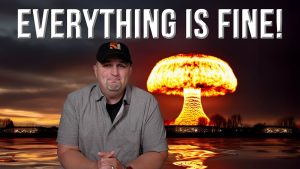
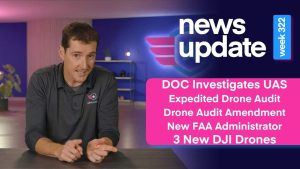
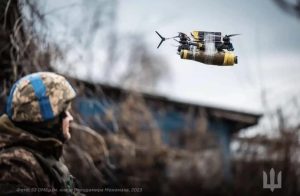


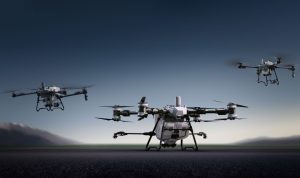
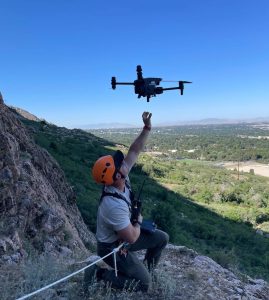

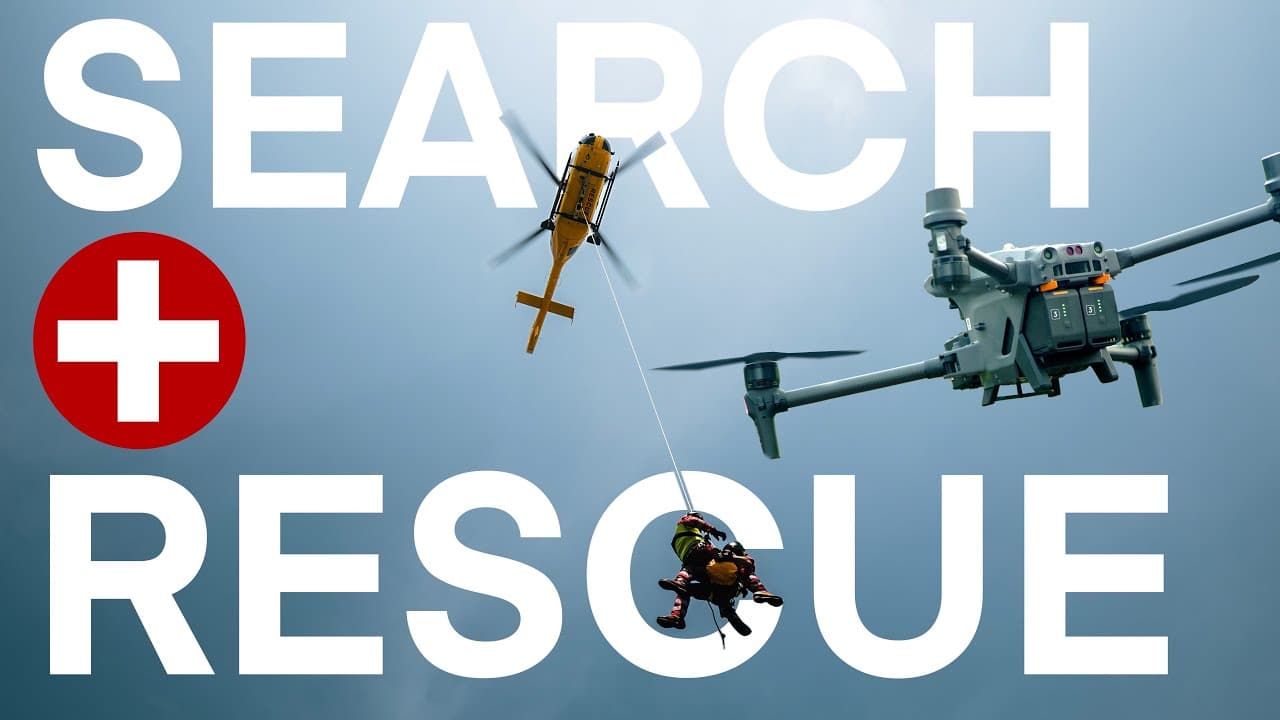

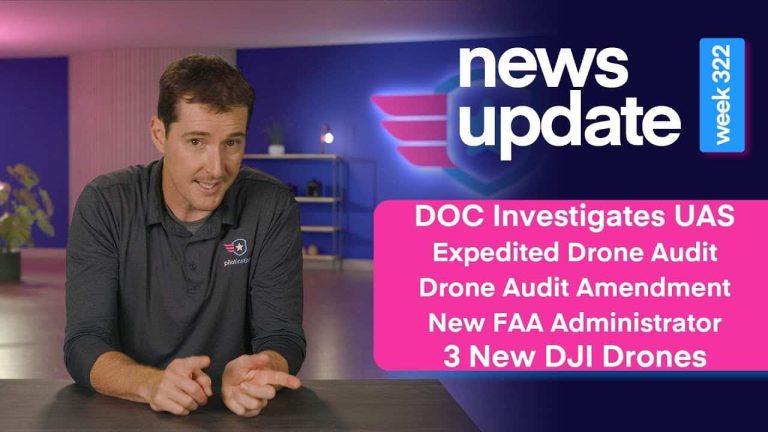
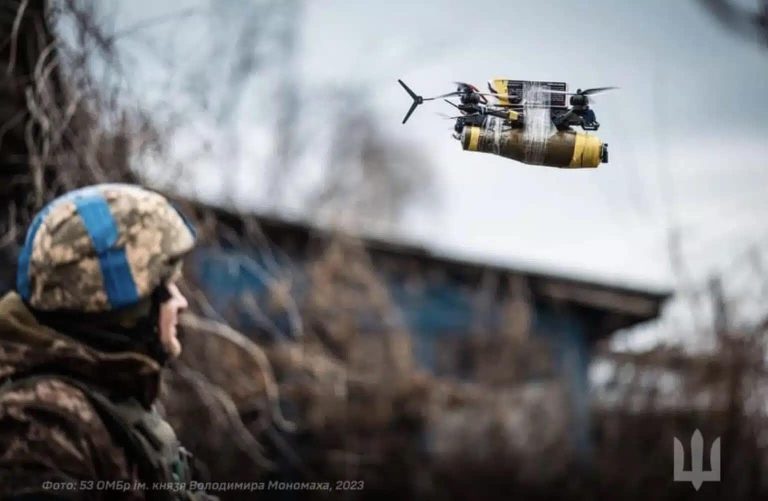


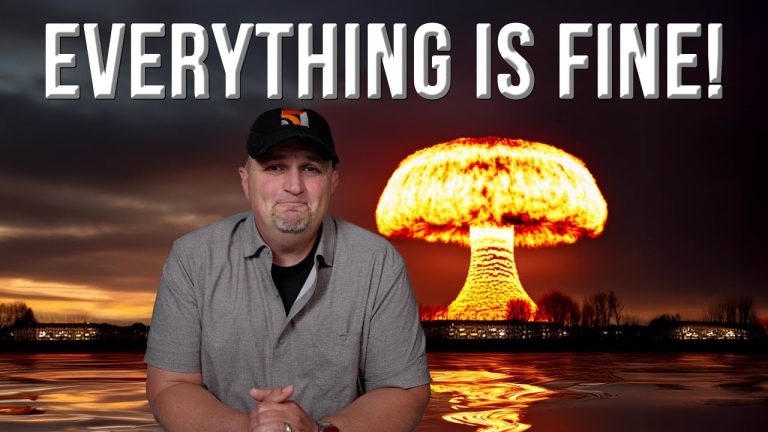
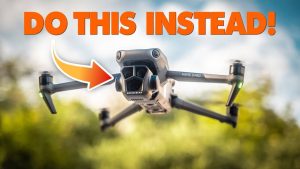
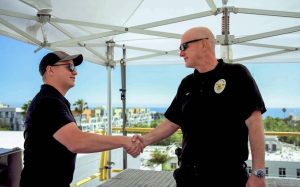

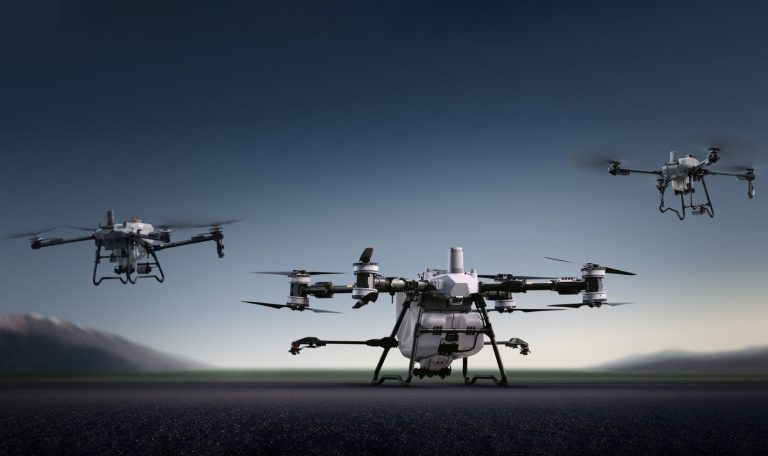
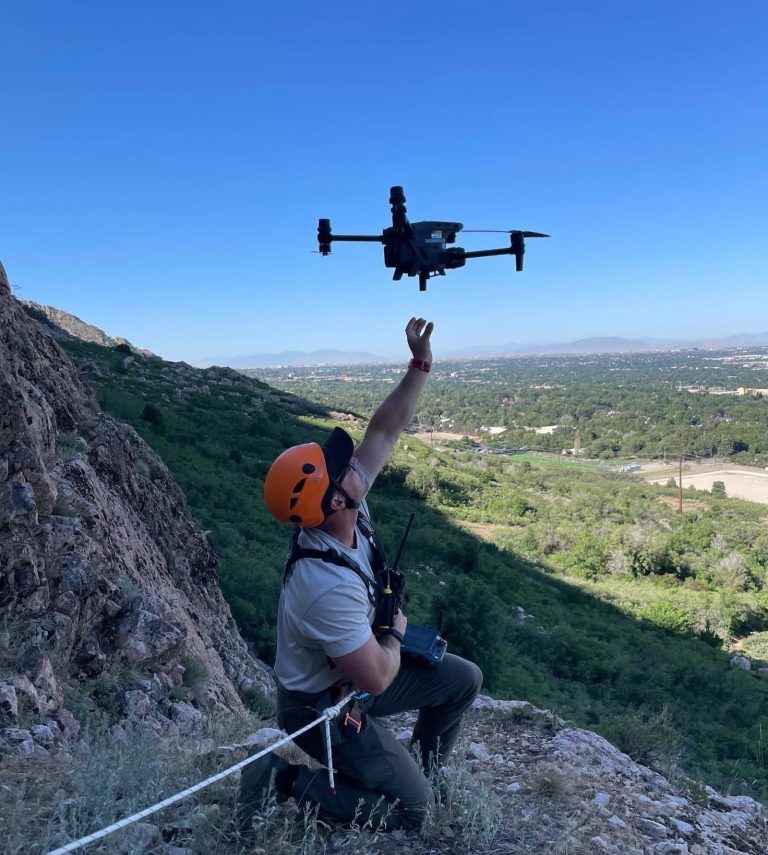
+ There are no comments
Add yours